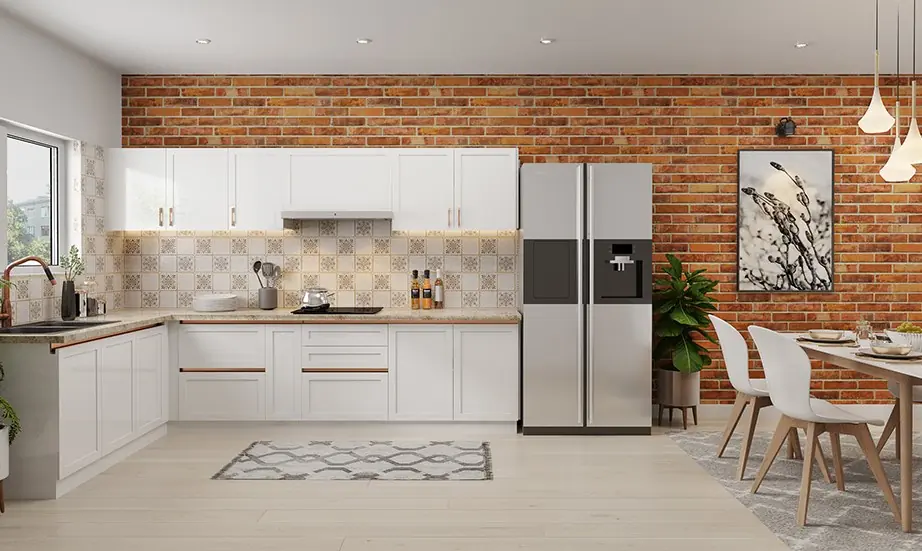If you’ve got a passion for plants and want to take your gardening skills to the next level, greenhouse gardening might just be your green thumb’s new best friend. Whether you’re a seasoned pro or a budding enthusiast, growing plants in a greenhouse brings a whole new world of possibilities. With controlled environments, consistent temperatures, and protection from the elements, you can create the perfect conditions for your plants to thrivе. But fear not, fellow gardeners! Greenhouse gardening doesn’t have to be complicated or overwhelming. In this article, we’ll be sharing some relaxed and practical tips to help you get started and make the most out of your own little plant paradise. So, let’s embark on this green adventure together and turn that greenhouse into a flourishing haven of botanical wonders!
Tips for Choosing the Right Greenhouse
When it comes to greenhouse gardening, one of the most crucial elements is choosing the right greenhouse structure. There are several factors to consider before making a decision, including size, material, style, and budget. These tips will help you select the perfect greenhouse for your gardening needs.
1. Consider the Size
The size of your greenhouse should align with the available space in your yard or garden area. Take measurements and consider future expansions as well. A larger greenhouse offers more flexibility in terms of plant variety and working space.
2. Material Matters
Greenhouses are commonly constructed using materials like glass, polycarbonate, or plastic. Each material has its advantages and drawbacks, so it’s essential to weigh them accordingly. Glass allows maximum light transmission but can be fragile, while polycarbonate provides excellent insulation but may diffuse light.
3. Shape and Style
Greenhouses come in various shapes and styles, such as gable, lean-to, or even geodesic domes. The style you choose should complement your garden design and fit well within your available space. Consider factors like wind resistance, snow load, and aesthetics.
4. Optimal Orientation
The orientation of your greenhouse affects its overall performance. Ideally, it should face south to maximize sunlight exposure throughout the day. Consider any potential obstacles that could cast shadows on your greenhouse, such as tall trees or buildings.
5. Ventilation and Airflow
Adequate ventilation is crucial for a healthy greenhouse environment. Look for features like roof windows, side vents, or louvers that promote airflow. Good ventilation helps regulate temperature, prevents excessive humidity, and minimizes the risk of plant diseases.
6. Durability and Maintenance
Consider the durability and maintenance requirements of the greenhouse materials you choose. Glass may require more cleaning, while polycarbonate and plastic may need periodic replacement due to UV degradation. Choose materials that can withstand your local climate conditions.
7. Insulation for Year-round Gardening
If you plan to use the greenhouse throughout the year, adequate insulation is crucial. Double-layered walls, insulated glazing, or bubble wrap insulation can help retain heat during colder months. This allows you to grow plants even when the outside temperature drops.
8. Budget Considerations
Set a budget before starting your greenhouse shopping journey. Greenhouses vary in cost, from affordable to more high-end options. Consider the long-term benefits and overall value a greenhouse can bring to your gardening hobby or business.
9. Local Building Regulations
Before finalizing your greenhouse selection, ensure it complies with any local building regulations or permits required. Check for height restrictions, setback rules, or any other guidelines set by your local authorities.
10. Seek Expert Advice
When in doubt, consult with greenhouse experts or professionals who can guide you through the selection process. They can provide valuable insights based on your specific needs and local conditions, helping you make an informed decision.
Remember, choosing the right greenhouse is an investment that can significantly impact the success of your greenhouse gardening endeavor. Take the time to research and consider all aspects before making a final decision.
Essential Greenhouse Gardening Tips
| Tips | Description |
|---|---|
| 1. Temperature Control | Keep the temperature in your greenhouse consistent and at appropriate levels. Most plants thrive between 60 to 80°F (15 to 27°C) during the day, while slightly lower temperatures at night promote healthy growth. |
| 2. Proper Ventilation | Ensure good airflow by using vents and fans in the greenhouse. This helps regulate temperature, prevents excessive humidity, and reduces the risk of fungal diseases. |
| 3. Watering and Irrigation | Water plants according to their specific needs, avoiding overwatering or underwatering. Consider using drip irrigation systems or self-watering containers to ensure consistent moisture levels for optimal growth. |
| 4. Soil and Fertilization | Use high-quality, well-draining soil mix specifically formulated for greenhouse gardening. Regularly test the soil pH and nutrient levels, and supplement with organic fertilizers or compost as needed. |
| 5. Pest and Disease Management | Implement preventative measures such as regular cleaning, removing dead plant material, and inspecting new plants for pests or diseases. Introduce beneficial insects or use organic pest control methods to minimize chemical usage. |
| 6. Space Optimization | Make the most of your greenhouse space by using shelves, hanging baskets, or vertical gardening techniques. Plan the layout strategically to provide ample room for each plant to grow and receive adequate sunlight. |
| 7. Monitoring and Record-Keeping | Regularly monitor your greenhouse environment, including temperature, humidity, and light levels. Keep a record of observations, growth patterns, and any issues faced to improve future gardening practices. |
| 8. Seasonal Transition | Prepare your greenhouse for seasonal changes by adjusting temperature, modifying light exposure, and considering plants suitable for each season. Rotate crops to maintain soil health and prevent pest buildup. |
| 9. Consider Companion Planting | Utilize companion plants that offer mutual benefits and promote natural pest control. For example, interplant marigolds with tomatoes to deter pests or grow herbs alongside vegetables for improved flavor and pest resistance. |
By following these essential greenhouse gardening tips, you’ll set yourself up for success and enjoy a productive, thriving greenhouse garden. Remember to tailor your approach to the specific needs of your plants and experiment with different techniques to find what works best in your unique greenhouse environment.
Here is a relevant link for the article about “Greenhouse gardening tips”:
When it comes to creating your own greenhouse, it is important to know about the best construction practices. Check out this construction lawyer article for expert advice and guidance on building your greenhouse effectively.
Happy Gardening!
I hope you found these greenhouse gardening tips helpful and inspiring. Now that you have a better understanding of the basics, it’s time to roll up your sleeves and dive into the wonderful world of greenhouse gardening. Remember to start small, experiment, and have fun along the way. Whether you’re a newbie or a seasoned gardener, there’s always something new to learn. Don’t forget to share your experiences and garden adventures with us. Thanks for joining us on this green journey, and we can’t wait to see you again soon. Until then, happy gardening!

